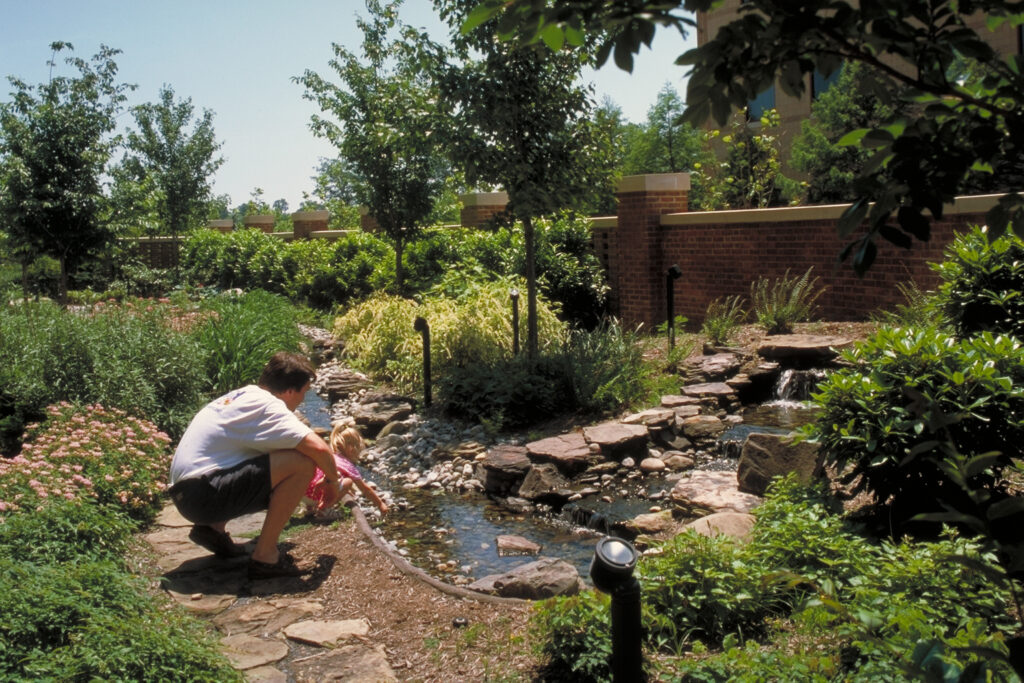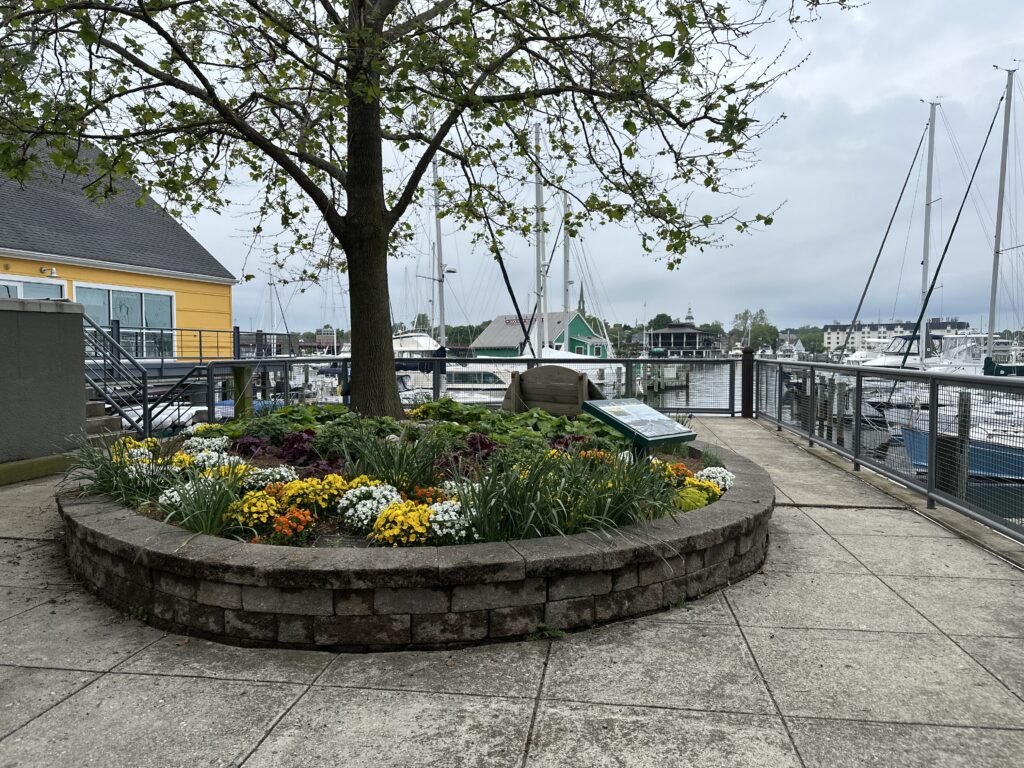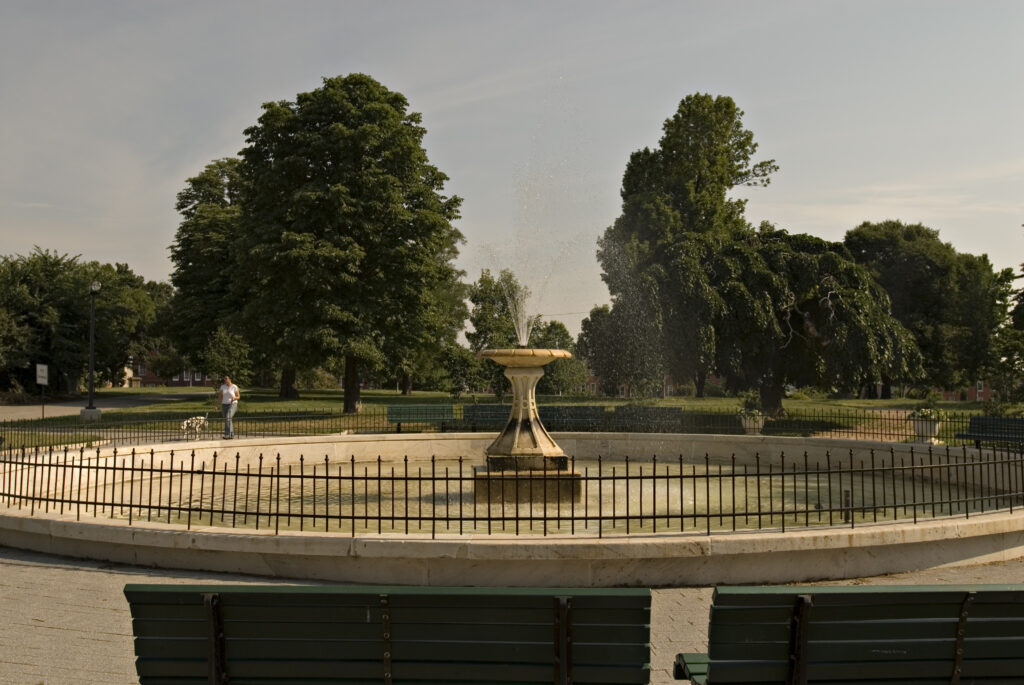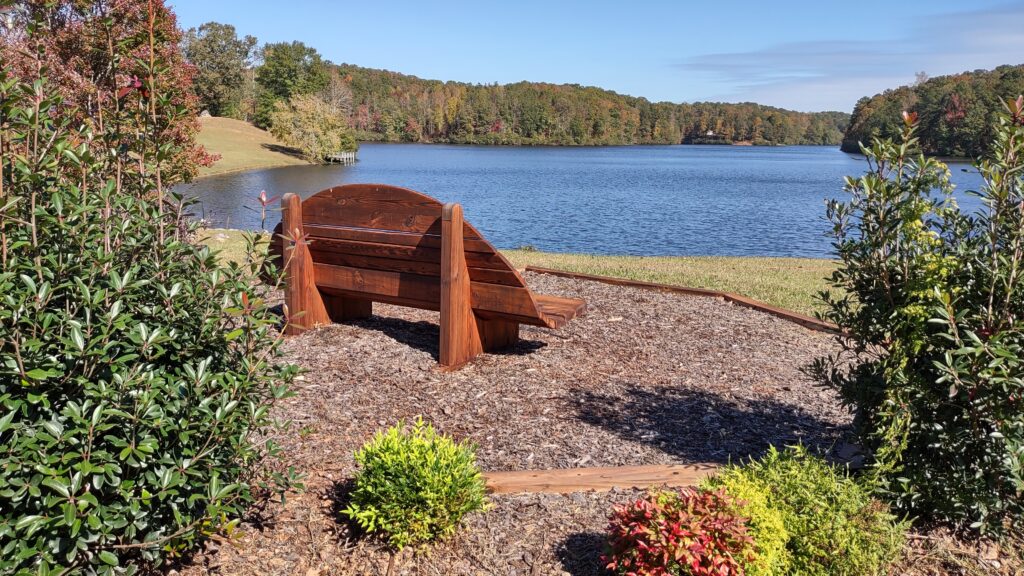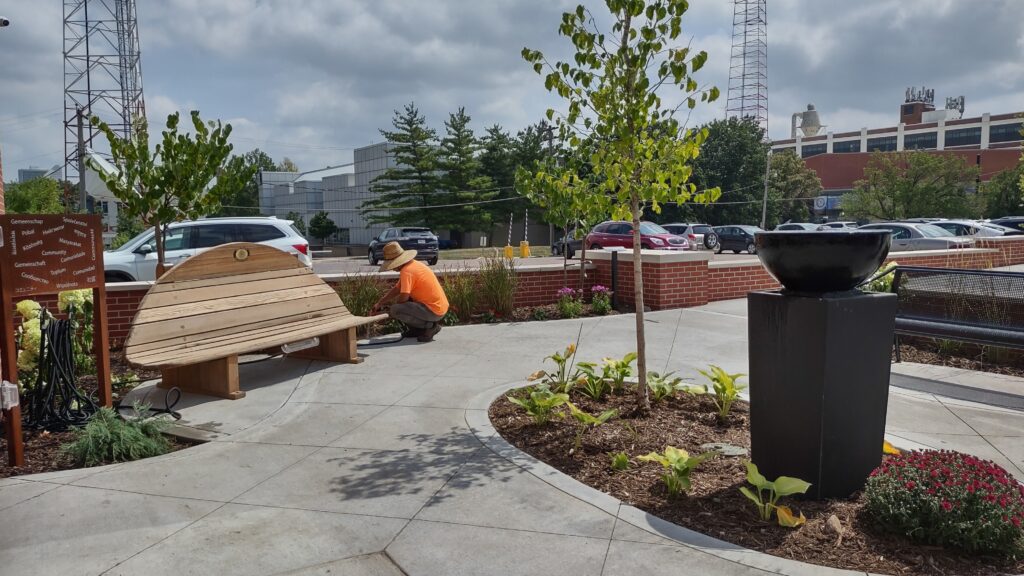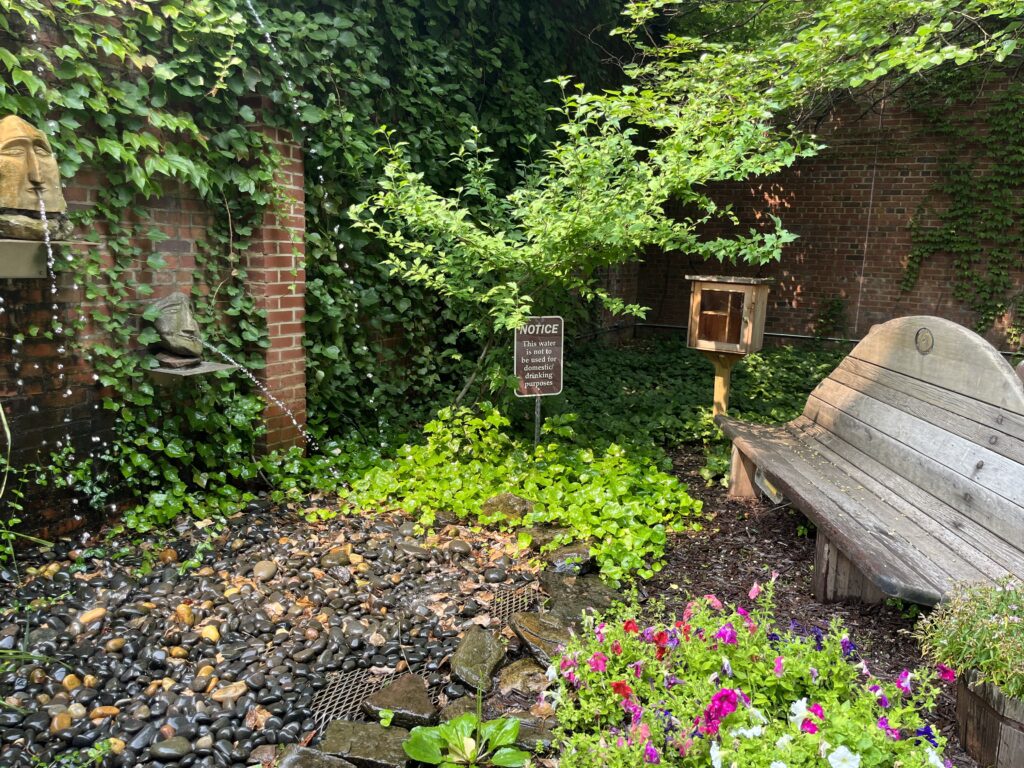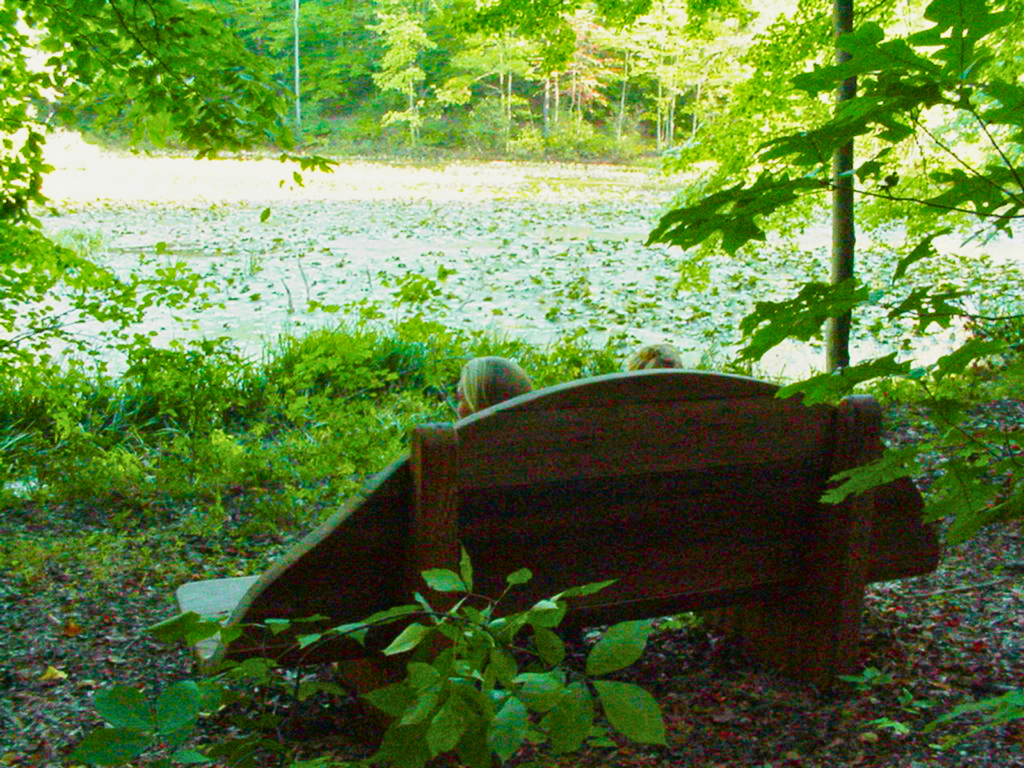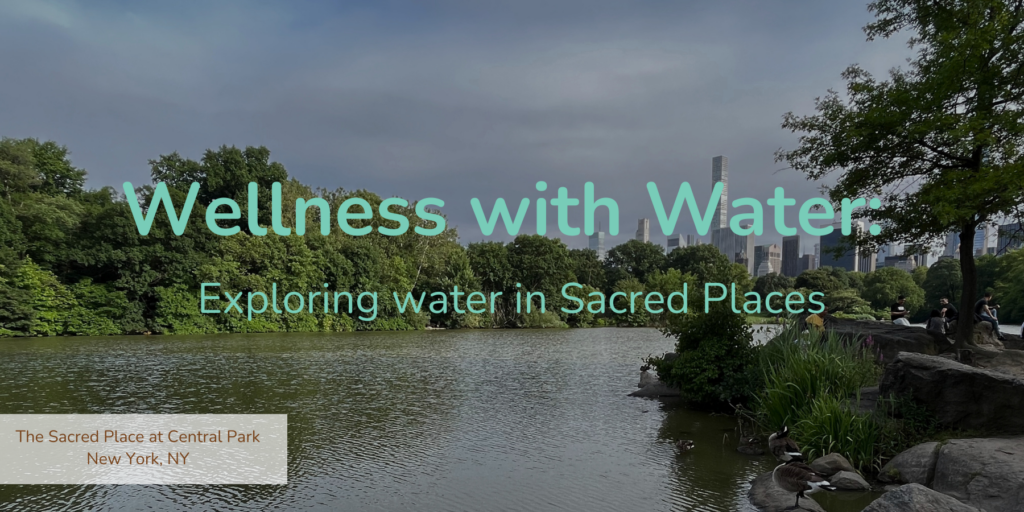Humans are extraordinarily diverse – in culture, appearance, location, behavior and ethos. From the hunter-gatherer societies who live in the ways their ancestors have for millennia, to tech moguls and entrepreneurs of Silicon Valley pushing the boundaries technological possibility, every living creature on this planet has one common need: Water.
In fact, for centuries, scientists have largely accredited Earth’s water sources with the existence of life on our planet. Humanity as we know it today primarily exists because of the ways that ancient societies interacted with and thought about water.
The earliest farming communities settled in what is commonly known as the Fertile Crescent, a region of fertile soil and plentiful water sources spanning from the Middle East and into Northern Africa. This region is also referred to as the Cradle of Civilization, the very first agricultural and industry-based society, Mesopotamia, and the beginnings of ‘modern’ ways of life. This civilization’s success is due to the ways that these communities structured planting and harvesting seasons around the flooding patterns of the waterways, most famously, the Nile River. Traditions based upon these flooding patterns and rainfall developed into rich and complex cultures and religions, in this region and around the world, in celebration and recognition of the most valuable resource on earth.
The globalized world that we know today only exists because of our species’ incredible ability to adapt to our environment and harness what is available to us. So long as humans have access to water, the possibilities of what we can do are endless.
Enough of a history lesson. Let’s explore some of the ways that water is interacted with and thought about today. Not only is water a life source for us, but water is also symbolic, water is fun, water is beautiful and dangerous, and our ability to use water in so many ways is only possible because of the relationship that our ancestors cultivated with it so long ago. Humans and water have a reciprocal relationship. Water is Mother Earth’s greatest gift.
At Nature Sacred, we’re all about embracing what nature has to offer. Many Sacred Places are developed, designed, and used with water in mind. From the water that keeps the plants healthy, to water features, rain gardens that capture runoff, and even the waterproof journal, water and thinking about the way that it is used remains a critical piece of maintaining a healthy Sacred Place. And much like the communities that they serve, Sacred Places incorporate water in many different and interesting ways.
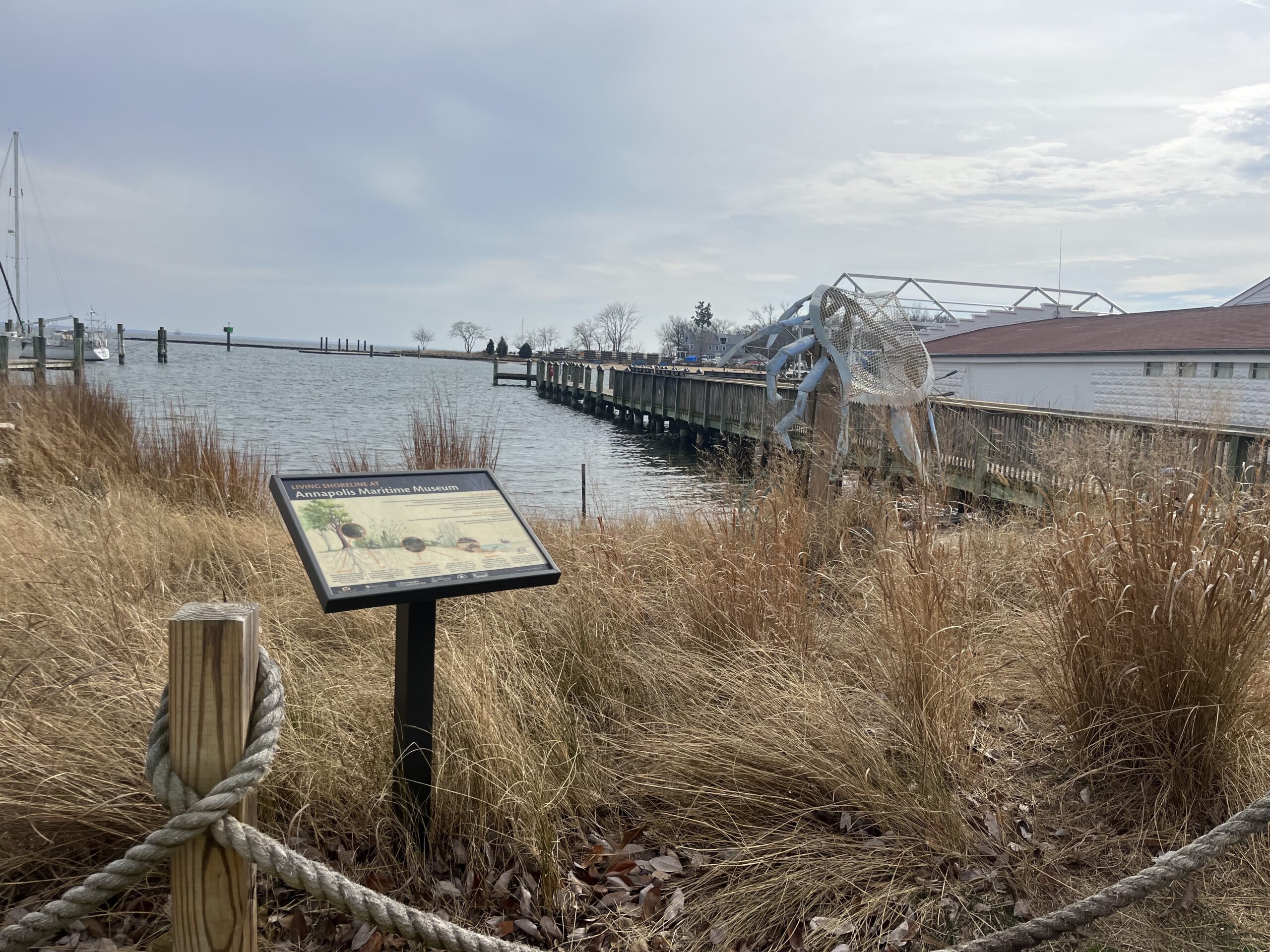
Located on the waters of the Chesapeake Bay, where Back Creek meets the Severn River, the Sacred Place at the Annapolis Maritime Museum is a lovely spot to sit and watch the yachtsmen’s sailboats head out for the races and the watermen’s workboats head back in from their day’s work crabbing or oystering out on the Bay. The benches provide a place to sit and kick off your shoes prior to launching off the beach to explore the surrounding waters. This Sacred Place also includes a ‘living shoreline’ with native marshy grasses and plants that aid in preventing erosion and protecting endangered marshland and its inhabitants. Also, this site offers one of the only publicly accessible waterfronts in Annapolis. There are many ways for visitors to interact with water at the Annapolis Maritime Museum Sacred Place that is designed to addresses public access to waterfronts, recreation, and environmental sustainability.
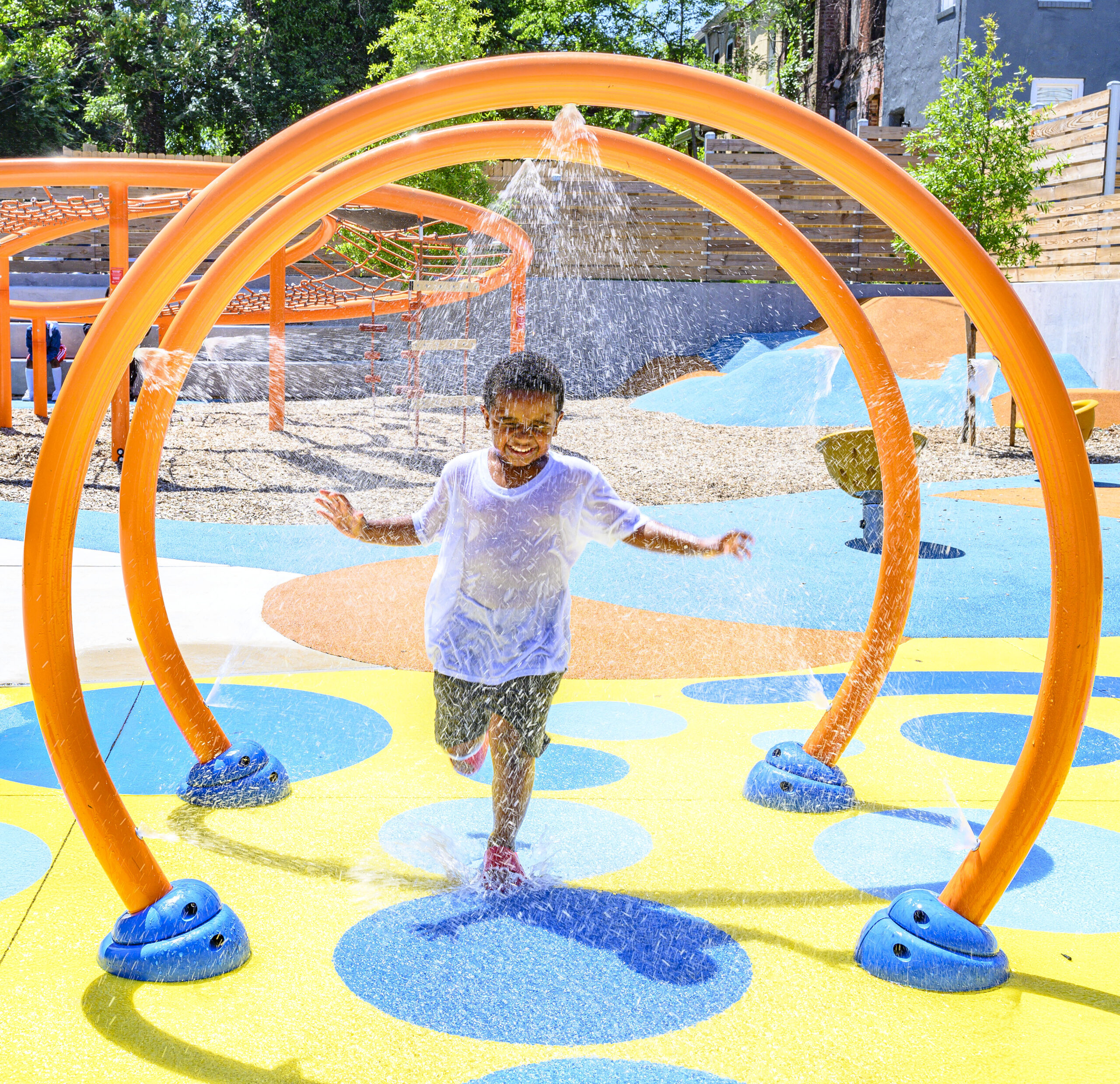
Unity Park in West Baltimore is a neighborhood space developed in partnership with Bon Secours Community Works. During the design process for this space, it was discovered that community members had four major needs: a safe place for resting and playing; relief from the heat; a venue for community celebration; a place for active and imaginative play. With recent temperatures in the city hitting triple digits, the need for a cooling haven is greater than ever. Firesoul Shakira Franklin’s insight that opening fire hydrants in the summer heat is a quintessential urban American tradition, but that those days are long gone for community residents, was key to the concept of a splash park. This space is a well-loved neighborhood landmark that provides cooling respite during summer heat waves, a place for children to play, and socialization or break opportunities to parents – a key necessity especially for families who may have barriers to accessing public pools and waterfronts.
While the Annapolis Maritime Museum and Unity Park are great examples of the ways that visitors can physically interact with water, many spaces incorporate water elements into their designs for both aesthetics as well as to invite visitors to experience the psychological benefits that being near water has on us. Simply hearing water can calm anxiety, reduce heart rate, heighten sense of well-being, and stimulate the parasympathetic nervous system.
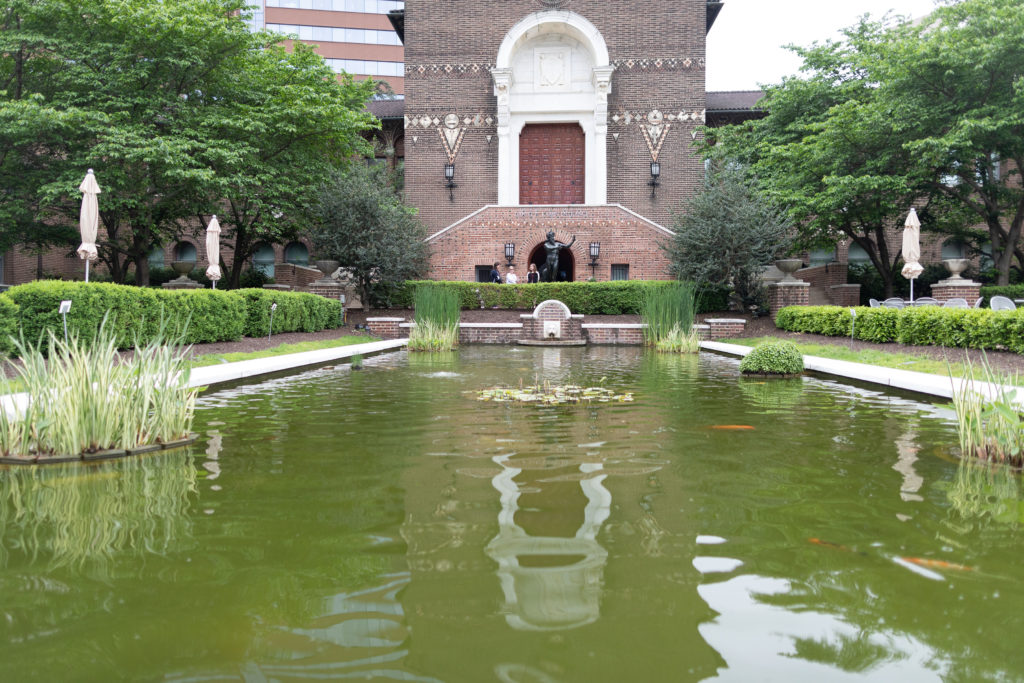
The Warden’s Garden at The University of Pennsylvania’s Museum of Archaeology and Anthropology is home to a wonderful green space that welcomes visitors to the museum with peaceful, shady sitting areas and a reflecting pool that includes fish and water lilies, along with a cast of the original lion’s head spout that sits in the center of the pool. Located in a contemplative corner of the Garden is The Loren Eiseley Poetry Corner, which allows museum visitors and the community to stop and read or just take a pause in the day. The Upper Courtyard is not only a space for reflection, but has also become a site for celebrations including weddings and other University events. This unique Sacred Place encourages museum visitors to ground themselves before entering, and reflect on all that they saw and learned inside.
Water provides so much; it sustains us, cools us, feeds us, plays alongside us, teaches and heals us. Sacred Place visitors experience water in many ways. Whether the goal is to be active, cool off, or meditate and heal, water is and always will be our most valuable companion. Explore some more Sacred Places with water features below!
